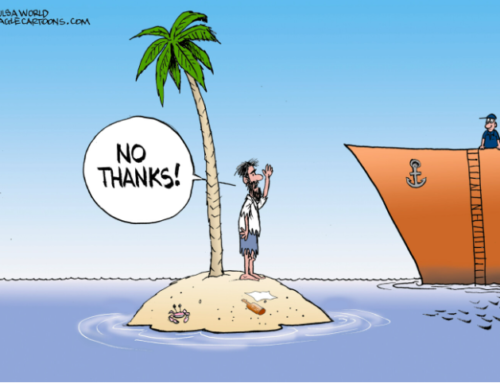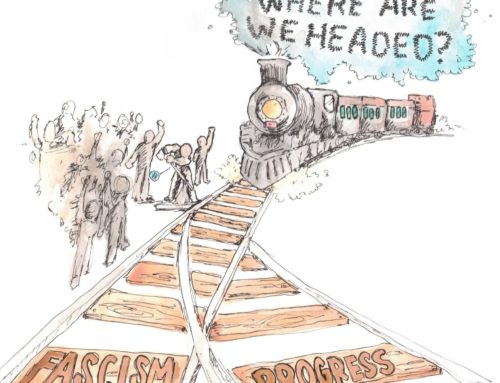 Here we have the commodity. The capitalist has already acquired the raw materials and the means of production through previous cycles of expropriation, unequal trading, and exploitation. Then the worker, who has no means of production, must sell her or his labor power to the capitalist. Its value is calculated to be the cost of the worker’s own survival and reproduction. This is paid in the form of wages. In our example, let’s pretend that wages are $50 a day. And let’s pretend that the other costs associated with production –the materials and the depreciation of machinery, rent for the factory and other inputs –are also $50 per day, which adds up to $100 of total costs.
Here we have the commodity. The capitalist has already acquired the raw materials and the means of production through previous cycles of expropriation, unequal trading, and exploitation. Then the worker, who has no means of production, must sell her or his labor power to the capitalist. Its value is calculated to be the cost of the worker’s own survival and reproduction. This is paid in the form of wages. In our example, let’s pretend that wages are $50 a day. And let’s pretend that the other costs associated with production –the materials and the depreciation of machinery, rent for the factory and other inputs –are also $50 per day, which adds up to $100 of total costs.
The capitalist puts the labor power to work. Let’s say each worker produces goods worth $50 every two hours. That means the costs associated with production – $100 of wages and inputs – are covered within 2 hours. Then the rest of the day, whatever the worker produces is extra, or surplus value. If the working day is 8 hours, the surplus value will be $300. The value of the product, then, is all that put together: $400.
Because the capitalist owns the means of production and has set up a situation upholding the right to keep any products made with these, the worker has no right to keep the product he or she produces. The capitalist pays the worker a fraction of the value of their labor power, and takes the rest for free. The amount of wages and of surplus value is contested, and can fluctuate according to the relative power of the contending classes.
The capitalist then sells the product at its value. The profit is already in the product, generated in the process of production itself. It’s realized at the point of sale. If it’s bought by a retailer, an additional amount is added on to the retail price. This is not additional surplus value, but instead is the imposition of an unequal exchange between the merchant and the customer. The customer is paying more than the actual value of the commodity, because of the greater market power of the retailer.
If the retailer is a monopoly, it can use its market power to dominate capitalists, to set its purchase price below the actual value of the commodity. This is one manifestation of imperialism, a way that surplus value is extracted from dominated countries. This puts pressure on the capitalist, who in turn intensifies pressure on the workers. Often, their wages are pushed below the amount required for survival.





